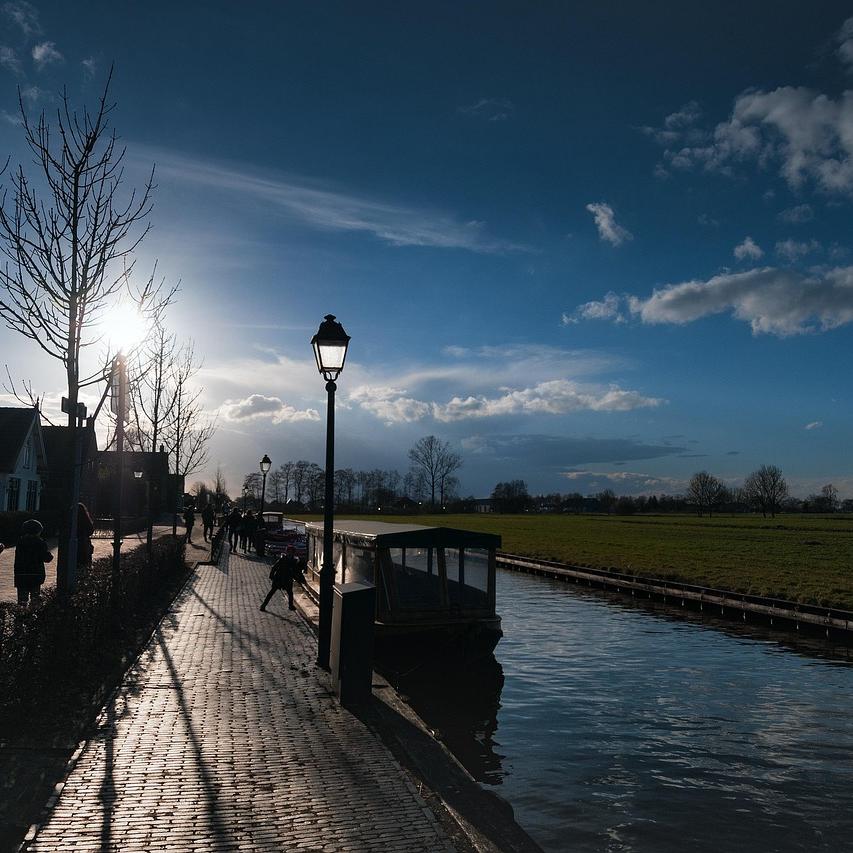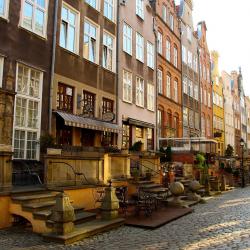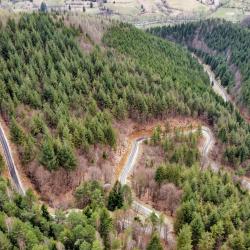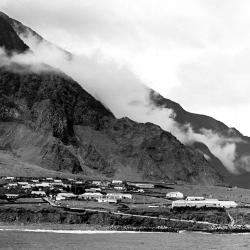Charming Villages That Time Forgot
In modern life, where time seems to sprint from moment to moment, there exist enchanting pockets of tranquility, frozen in time. These are the charming villages that time forgot—places where history whispers through cobblestone streets and everyday life moves to the gentle rhythm of nature.
Nestled away from the frenetic pace of urban living, these villages offer a glimpse into a bygone era, where traditions are lovingly preserved and community bonds remain unbroken. Join us as we take a journey through some of the world's most captivating forgotten villages, where the past lives on and serenity reigns supreme.
1. Giethoorn, Netherlands: The Venice of the North
In the heart of the Netherlands lies Giethoorn, a fairy-tale village interlaced with canals and lined with thatched-roof cottages. Often referred to as the "Venice of the North," Giethoorn is a car-free sanctuary where transportation is primarily by "whisper boats," bicycles, or on foot. The stillness of the water and the lush greenery create a serene backdrop that perfectly complements the village's historic charm. Wandering through Giethoorn feels like stepping back in time, with quaint wooden bridges and meticulously preserved homes offering a window into centuries past.
2. Albarracín, Spain: A Moorish Masterpiece
Perched on a hilltop in the Spanish region of Aragón, Albarracín is a captivating village that boasts a rich tapestry of Moorish architecture. Enclosed by ancient defensive walls, this village stands as a testament to its storied past. Its narrow, winding streets and terracotta-colored buildings exude an old-world charm, while offering breathtaking views of the Guadalaviar River below. Walking through Albarracín is akin to traversing a living museum, where every corner tells a tale of the past.
3. Hallstatt, Austria: A Lakeside Enigma
Hallstatt, a stunning village nestled between the serene Hallstätter See and towering Dachstein mountains, is one of Austria's most iconic destinations. Known for its salt production history, Hallstatt is a UNESCO World Heritage site that captivates with its picturesque setting and quaint wooden homes. Despite its growing popularity among tourists, Hallstatt maintains its timeless allure, offering visitors the chance to explore ancient salt mines and discover 7,000 years of history intertwined with scenic beauty.
4. Shirakawa-go, Japan: A Whisper of Tradition
Deep in the Japanese Alps lies Shirakawa-go, a village renowned for its traditional gassho-zukuri farmhouses, some of which date back over 250 years. This architectural style, characterized by steeply pitched thatched roofs, resembles hands clasped in prayer. Shirakawa-go is particularly magical in winter, when snow blankets the rooftops, transforming the village into a serene winter wonderland. Declared a UNESCO World Heritage site, it remains a beacon of historical preservation and cultural heritage amidst Japan's rapid modernization.
5. Eze, France: A Hilltop Haven
Suspended between the azure expanse of the Mediterranean Sea and rocky hilltops, Eze is a postcard-perfect village in the French Riviera. With its labyrinthine streets and stone buildings dripping with vibrant bougainvillea, Eze is a charming enclave that transports visitors to a different era. Its famed Jardin Exotique offers panoramic vistas of the coast, while the village itself is dotted with art galleries and quaint shops, all sheltered within medieval architecture.
Conclusion
These enchanting villages embody a serene simplicity and a steadfast commitment to preserving history, allowing us to experience a slice of a world that stands seemingly unbent by time's relentless march. Whether it's the waterways of Giethoorn or the steep roofs of Shirakawa-go, each village tells its own unique story through its landscapes and lifestyles.
In an age that often values speed and convenience over tranquility and depth, these villages provide a refreshing escape. They remind us of the beauty that lies in the past and the significance of preserving these cultural sanctuaries for future generations. In visiting these villages, one not only steps into history but also finds a space where time graciously lingers—a space where time has truly forgotten to rush forward.






















